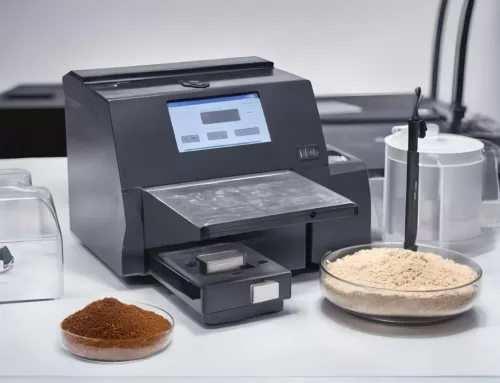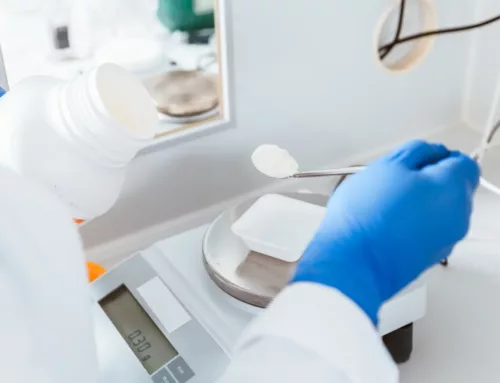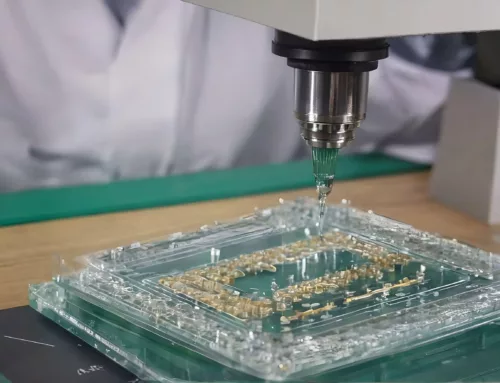Introduction to Dustiness and why it matters: Dustiness Potential
Dust particles that are present in the air – often called airborne dust – can be generated by different sources. First of all of course there are the natural resources such as volcanos, fire, but also emissions from the sea, etc. In parallel also mankind is a producer of airborne dust particles via industrial processes. Particularly in processes that work with powders, granular materials, or fibres, dust particles can be released into the air during conveying and transport. Examples are asbestos, cement, pesticides, and even dust from tea or coffee. Personal contributions to airborne dust particles are e.g. emissions by cars and tobacco smoke. Depending on weather conditions, airborne dust particles can travel up to 30 kilometers.
Due to more stringent legislation and green manufacturing challenges, producers strive for a lower emission of such particles by implementation of e.g. cyclones and filtration systems. For the design of these types of systems and to optimize their efficiency, it is of great importance to know the particle size prior to and after the filtration device operation.
Dustiness Potential in smaller ranges
Powders and particles are very important in many different industrial processes, like chemistry, petro-chemistry, pharmacy, food and feed, colorants, building materials and so on. Depending on the discipline, 30-80% of the total product flow consists of powders. The particles contained in the products can vary from millimetres down to sub-micrometres. Particles that are smaller than approximately 100 micrometres and which are intrinsically present in the product, can be released into the air. In parallel, conveying and handling of the products can also induce attrition and abrasion by which the particle size distribution will contain a larger contribution of smaller particles and therefore an increased dustiness potential. Higher concentrations of dust in the working environment are undesirable for various reasons. Firstly, dust can be seriously harmful to humans and animals and it will affect the environment. Secondly from a business point of view, dust is associated with product loss, contamination of other products and/or cleaning costs of process equipment. The latter consequence also leads to additional (maintenance) down time and possible wear of expensive machinery. Producers/manufacturers are responsible to control dust emissions; not only from a health, safety and environment viewpoint but also to adhere to more stringent quality requirements by customers. Suppression of dust emissions is more and more regulatory controlled by such organizations as the European Food and Safety Authority (EFSA), Environmental Protection Agency, Office of Pollution Prevention and Toxics (U.S. EPA OPPT), Health and Safety Executive, United Kingdom and by the REACH program. REACH is a European legislation for the registration of materials that are being produced and/or sold at quantities exceeding 1000 kilograms per year.
Analysis methods for quanti-fication of dust(iness) in bulk materials
Delft Solids Solutions has ample experience in researching the dustiness potential of powders and granulates. DSS offers various types of research to help in the control to minimize dust exposure in the workplace and to enhance the quality of the (final) product. Various techniques and methodologies are available that work in accordance with existing international standards and that can quantify the dust content already present in the substance and the dust that is additionally generated by wear (attrition and/ or abrasion).





